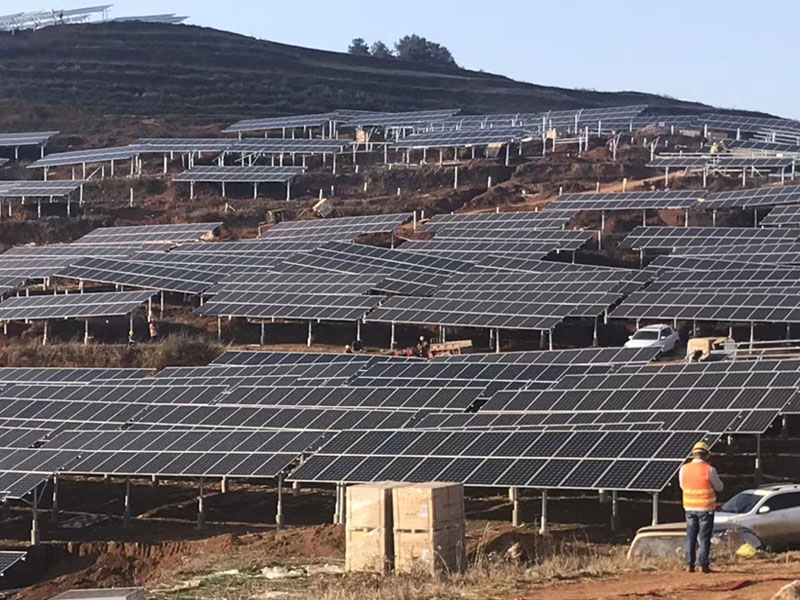Building Integrated Photovoltaics (BIPV) and regular Photovoltaic (PV) systems are both used to generate electricity from sunlight, but they differ in their design and integration into buildings. Here are the key differences between BIPV and regular PV systems:
Integration: BIPV systems are designed to be an integral part of the building's structure, replacing conventional building materials such as windows, roofs, or facades. Regular PV systems, on the other hand, are typically installed on top of existing building structures.
Aesthetics: BIPV systems are designed to blend seamlessly with the building's architecture, offering a more aesthetically pleasing appearance compared to regular PV systems, which are often seen as separate installations on the building.
Functionality: BIPV systems not only generate electricity but also serve as functional building elements, such as providing shade, insulation, or soundproofing. Regular PV systems focus solely on electricity generation.
Design flexibility: BIPV systems offer more design flexibility as they can be customized to fit various building elements, shapes, and sizes. Regular PV systems have limited design options and are typically installed on available roof or ground space.
It's important to note that both BIPV and regular PV systems contribute to renewable energy generation and can help reduce carbon emissions. The choice between the two depends on factors such as building design, budget, aesthetic preferences, and the desired level of integration. Cowell is focused on different BIPV systems and solar mounting systems. We also implement effective on-grid PV solutions as well as hybrid solar power plants. Contact us if you need any help.


 M-F 9AM to 6PM
M-F 9AM to 6PM  admin@cowellxm.com
admin@cowellxm.com
 326, No.580 Jiahe Road, Huli District, Xiamen City,Fujian Province, China.
326, No.580 Jiahe Road, Huli District, Xiamen City,Fujian Province, China.




